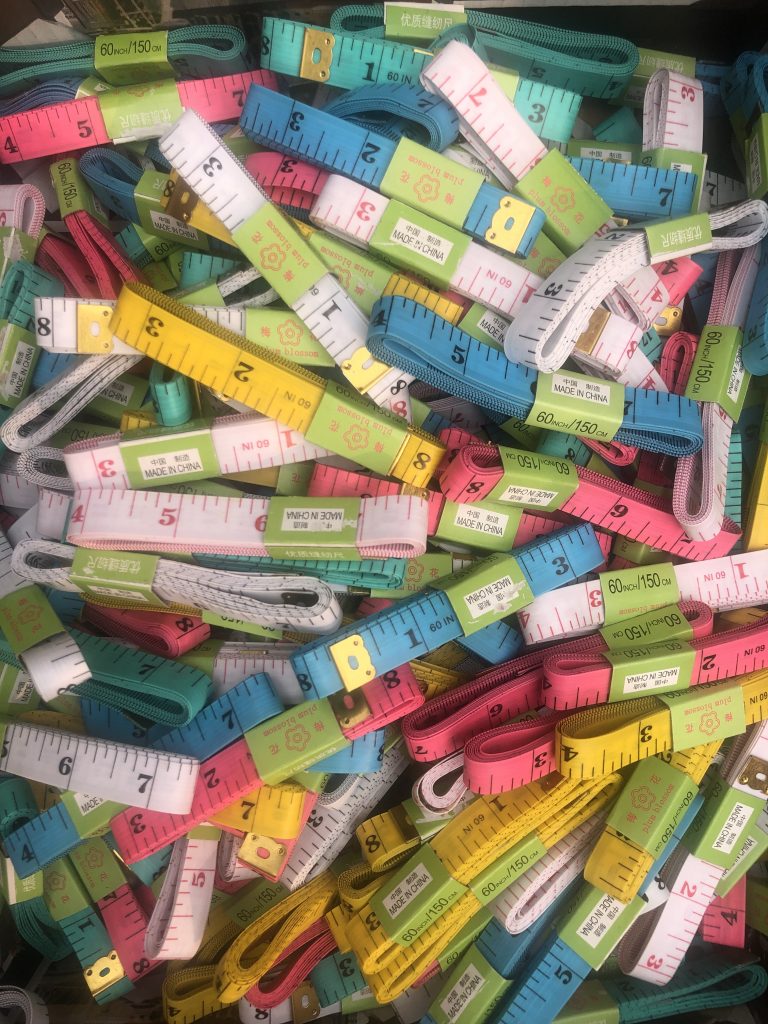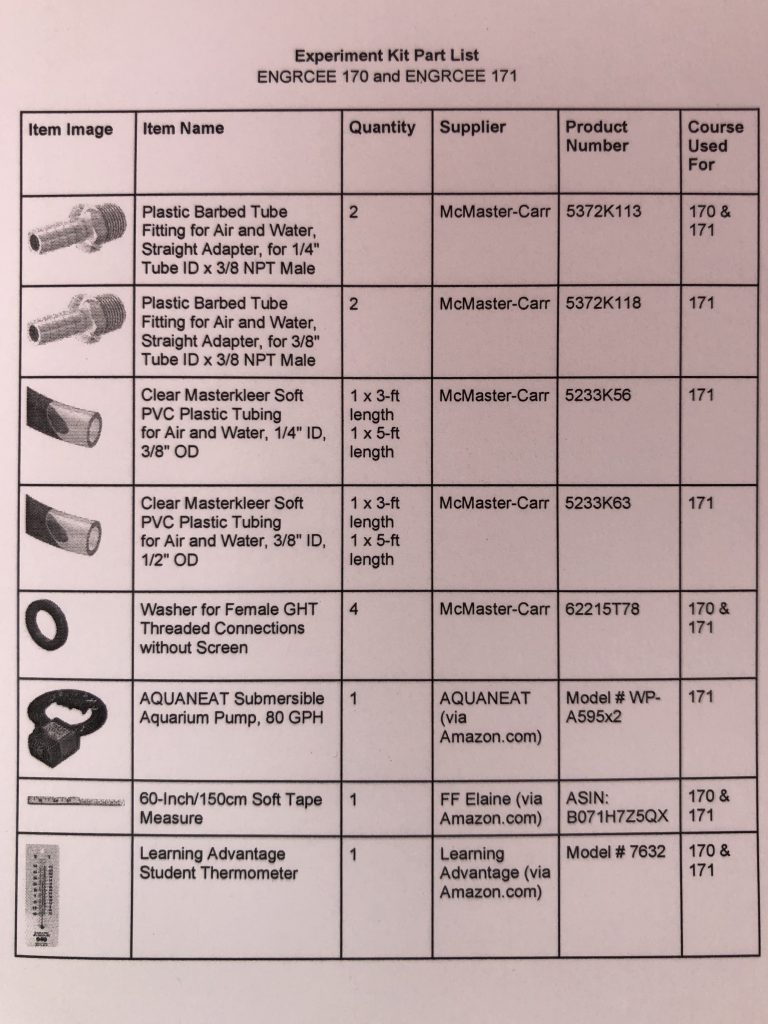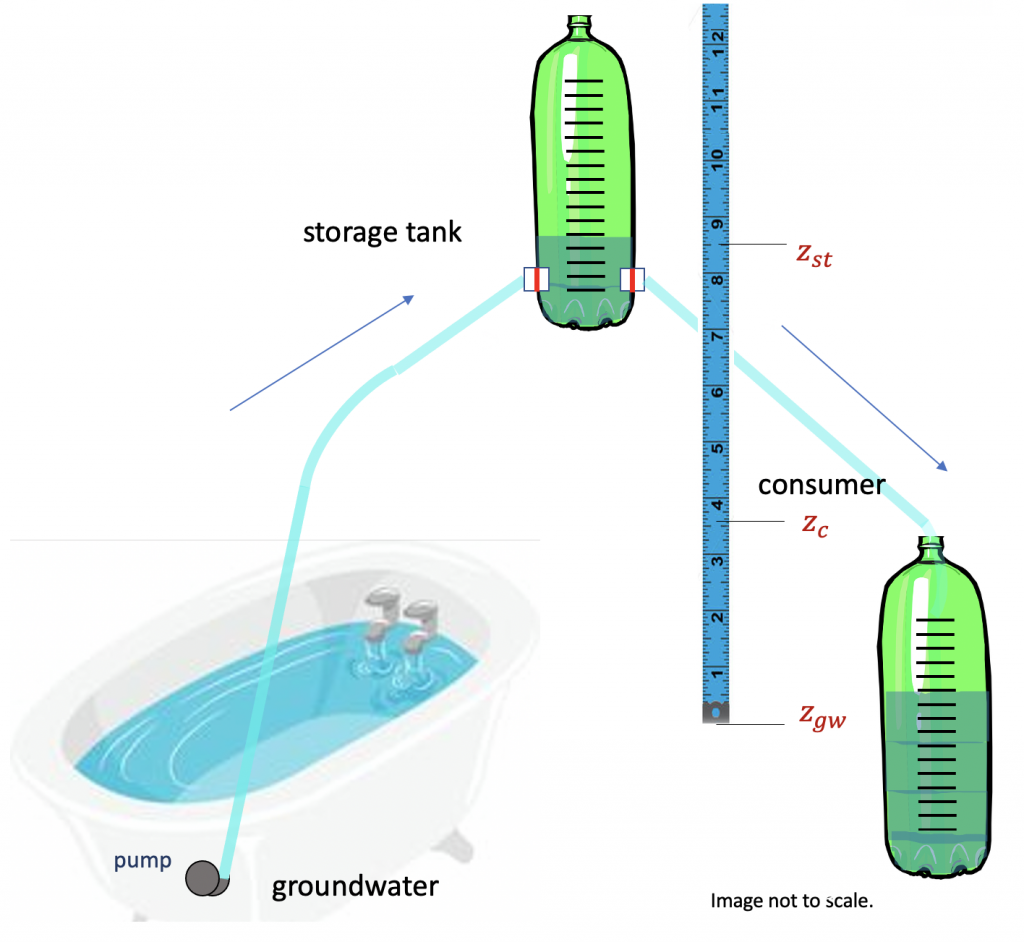With an eye on supporting Samueli School faculty who are planning for a new era of post-pandemic instruction, Interim Associate Dean Brett Sanders asked our Professors of Teaching how they would be implementing courses in the coming year. Here are the responses we received:
Professor Christine King:
I am planning to offer a new course in Spring 2022 – BME 195: Biomedical Engineering Design: Addressing Unmet Clinical Needs. This course will introduce biomedical engineers and engineers interested in medicine to the non-technical aspects of medical device development, namely unmet clinical needs identification and evaluation. Unlike traditional unmet needs finding or clinical immersion courses, this new course will allow students to tour medical spaces and witness clinical procedures at the UCI Medical Center through virtual reality in both 360 degree and first person view to be able to immerse themselves in a clinical environment. In addition, through in-class assignments, a group project, and several online learning modules, student engineers will learn how teams identify and evaluate unmet clinical needs to determine the potential improvements to an existing or novel device. The major learning outcomes of this course are:
- Students will understand the technical requirements for medical device design, including how to use human centered engineering approaches and how to evaluate the potential commercialization of solutions through market analyses and business strategies.
- Students will learn how to identify unmet clinical needs in various medical fields, evaluate these unmet needs to develop novel solutions, and learn how to professionally communicate a proposed invented or innovative solution to an unmet clinical need.
- Students will be able to identify and evaluate global, cultural, social, economic, and environmental factors that are important in medical device design and the lifecycle of the product.
- Students will learn how to apply knowledge of regulatory, intellectual property, and global, cultural, environmental, and economic factors that impact their solution to a chosen unmet clinical need.
- Students will learn how to communicate solutions of unmet clinical needs to a wide range of audience and forums, including fast pitches, technical presentations, and technical reports.
In order for students to be able to accomplish the above learning outcomes, I plan to host live zoom lectures with physicians, engineers, and scientists, as well as perform virtual reality modules and assignments to remotely perform clinical immersion. The breakdown of teaching is divided as follows:
Synchronous Remote: 3 hours per week (zoom lectures with physicians and instructors)
Asynchronous Remote: 5-7 hours per week (virtual reality learning modules and assignments)
Students will learn to work in teams remotely to develop an on-paper solution and go-to market strategy to an unmet clinical need after evaluating needs in regards to regulatory, intellectual property, and global, cultural, environmental, and economic factors. Sample videos and virtual reality learning modules of clinical procedures can be found here.
Professor Natascha Buswell:
I am teaching MAE 10: Introduction to Engineering Computations. The learning objectives are given below:
- Apply common coding techniques for script-based languages (MATLAB) to engineering and design problems
- Describe a variety of programming tools and their uses as engineering tools
- Apply common coding tools to an engineering problem relevant and of interest to them
- Understand and describe the importance of diversity in the design and use of engineering computational tools
- Describe the elements of effective teams and learn to work with others to solve engineering problems
Of particular importance are the last two learning objectives about diversity in design and working on inclusive teams. My previous blog post describes how I introduce the topic of product and process diversity in my engineering classes, and have made consideration of diversity a component of MAE 10 as well.
The course typically meets twice a week for lecture (for a total of 2 hours and 40 minutes) with one 50-minute discussion section. Moving forward, I designed the course to have one synchronous class session that meets for 80 minutes, and over 7 hours of optional “open office hours” that take place during the second lecture time and during the discussion sections. These office hours are open to all students and will have at least one teaching assistant and seven learning assistants at each session.
I wanted the requirement of attending synchronous sessions to be low, but especially valuable to the students. To realize this goal, I set up a large instructional team with two graduate teaching assistants and fourteen undergraduate learning assistants. There is also a LARC tutorial leader that offers additional tutoring support to students for a fee. During our synchronous class session, I employ an active learning approach. I present mini-lectures on a topic, and then place students in breakout rooms with a learning assistant so that they can practice applying what they just learned to a real problem. The students are learning MATLAB, an engineering software tool, so the content is easily taught and learned in this remote setting. Every student has MATLAB on their computer (since UCI provides free MATLAB licenses to all students).
The motivation for the open office hours was to create ample opportunities for students to work through problems and get individualized feedback from instructors, and to offer a high degree of flexibility with office hours scheduled at various times throughout the week.
The main assessment for this course is a series of five quizzes. The quizzes are timed and take an hour to complete, yet can be taken any time during a 24 hour period to accommodate students in different time zones or preferences. For example, being able to take the quiz in the morning is important for students who celebrate Ramadan, since they can take the quiz before or after fasting. The quizzes will each cover two weeks worth of material, ask students to apply their knowledge in a coding example, and ask a series of open-ended conceptual questions.
I plan on being strategic and pragmatic when it comes to holding in-person class meetings in the future. I am really starting to think about what aspects of teaching and learning benefit from being physically in the same space and which ones are enhanced by virtual options. Informally connecting with students before and after class, working on problems in small groups, and building and testing (often at the heart of engineering laboratories and projects) need to happen in person. I believe that learning is inherently social, so I am already looking forward to being in a classroom with students again. However, I don’t think everything needs to be in person, and I especially want to consider my students with accommodations. I will always allow students to attend class virtually. My goal for learning is that it should not be a stressful experience, and the pandemic has shown me how to design courses while accounting for incredible stressors in mind. I am excited to create more inclusive learning environments moving forward.
Professor Joel Lanning:
The course I am planning is CEE 155: Structural Steel Design – a 4-unit senior-level elective. I described this course in a previous SUSA blog post, but in short, this course covers the design methodologies for basic structural steel members in civil structures (e.g., beams and columns in buildings and bridges). It is a typical senior-level engineering technical elective with a heavy reliance on student’s prerequisite competency. Course work typically consists of standard engineering problem solving homework assignments, readings, a group design project, and two exams all while referencing industry-specific design manuals and building standards/codes.
In the past, this course was taught with two 80-minute in-person lectures and one 50-minute in-person discussion session each week. Taking advantage of the new ALP building, my lecture hours periods were divided between 60% traditional lecturing and 40% active learning. Students were clearly engaged under this model, but I struggled to have enough time to carry out active learning activities and still make it through all the lecture material.
In Fall 2021, I plan to: (1) retain the in-person contact hours in ALP, (2) rely on asynchronous instruction (lecture videos recorded during 2020-21 remote teaching) to cover much of the traditional lecture material, and (3) devote more time to an active learning model that is structured around a flipped course structure (where students are tasked with watching recorded material before each in-person class session). Furthermore, those students who can’t be on campus will be able to participate remotely in the active learning sessions to the extent permitted by technology in the classroom. Discussion sessions held in-person with a TA (not everything must be flipped and active).
The scheduled in-person “Lecture” will be replaced with “Workshops” and will consist of a 50/50 blend of qualitative conceptual and quantitative problem-solving activities. Workshop activities will include:
- Poll Everywhere questions, including one to start the day’s conversation to connect with the pre-workshop assignments (qualitative and quantitative)
- Mini demonstrations/mini labs (qualitative) focused on teaching important concepts to build upon pre-workshop assignments and connect the workshop activities to the pre-workshop lecture videos. Specifically, these low-cost interactive mini-demos are described in this ASEE Conference paper (in case you would like more info).
- Group problem solving sessions (quantitative) to serve as high-impact practice corresponding to the week’s homework assignments.
- Group mini projects centered around online learning tools or structural engineering software (qualitative and quantitative)
I do also anticipate needing to take some time to answer questions and to supplement the pre-workshop lecture videos with a bit of traditional lecturing.
The plan for the weekly workflow is summarized in Figure 1. Maintaining the workflow and course structure will likely be critical to the success of this format. Therefore, I will need to get students’ buy-in through heavily emphasizing the benefit of this format. For instance, if students do not carry out their pre-workshop assignments, they will be left behind and might struggle to catch up. This important point will need to be very clear to the students. However, by maintaining the TA discussion as a traditional Q&A and example session, it will act as a bit of a safety net.

Another challenge I foresee is not allowing Workshops to be overcome with questions on reviewing previous material. Rather, Workshops need to nearly always be moving forward. In the past, I have faced additional pressure on my lecture time by answering too many questions during lecture time. So, for me personally, it will take discipline to be sure to shift these questions to my office hours.
“What about homework?” I will be abandoning traditional homework. Not only is it a huge time commitment to grade (in a meaningful way), but as we have all learned during COVID teaching, summative assessment of students in an uncontrolled environment is inequitable. Further, the time commitment for students in this new format are substantial already.
Abandoning traditional homework should help with student buy-in as well. I will, however, post previous homework assignments and their solutions to provide copious amounts of examples that students can use to study with. But, all in all they will certainly be working “at home”… and in the classroom!
More Resources
The Division of Teaching Excellence and Innovation now offers Transition to Post-Pandemic Teaching which provides guidance and resources for faculty planning at UCI.
































